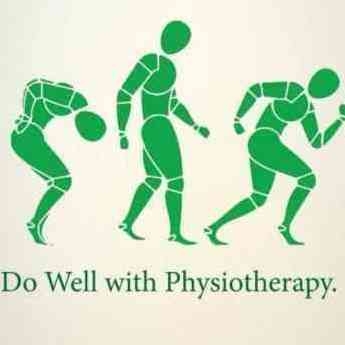+918042754929

This is your website preview.
Currently it only shows your basic business info. Start adding relevant business details such as description, images and products or services to gain your customers attention by using Boost 360 android app / iOS App / web portal.
SUPINATOR SYNDROME ⠀ [POSTERIOR INTEROSSEUS NERVE ...
SUPINATOR SYNDROME ⠀ [POSTERIOR INTEROSSEUS NERVE ENTRAPMENT] ⠀ Posterior interosseous nerve (PIN) syndrome is also called supinator syndrome since its origin is the result of an entrapment of the deep branch of the radial nerve at the level of the supinator muscle. ⠀ The PIN is a continuation of the radial nerve as it passes down the posterior side of the forearm. The radial nerve wraps around the posterior aspect of the arm to the anterior side of the lateral epicondyle of the humerus. As it passes below the lateral epicondyle the radial nerve begins back on a posterior course and then it splits into the superficial and deep radial nerves. The continuation of the deep radial nerve passes through the supinator muscle to become the PIN. ⠀ The PIN can become entrapped with this course through the supinator muscle in the Arcade of Frohse. ⠀ The role of the PIN is motor only to the wrist and finger extensors as well as the supinator. ⠀ Compression of the PIN may arise from activities that promote repetitive gripping combined with supinatory/pronatory movements, such as in sports (swimming, tennis). This diagnosis may be associated with lateral epicondylitis. ⠀ A patient who presents with this diagnosis of PIN syndrome may have a history of vague proximal posterior forearm pain with no weakness in more mild cases. In more severe cases, the patient may present with weakness in the wrist and finger extensors. Because the extensor carpi radialis longus and in some cases the extensor carpi radialis brevis are innervated before the radial nerve passes into the supinator, there is usually some sparring of wrist extension. Also because of lack of extensor carpi ulnaris, there may some radial deviation of the wrist with extension with the remaining innervated ECRL and ECRB. There will be no sensory loss as this nerve carries motor fibers only. In mild cases PIN syndrome may be difficult to delineate from lateral epicondylitis and may be considered only after a failed resolution of lateral epicondylitis. There will be no changes with electrodiagnostic studies with lateral epicondylitis. ⠀ Diagnosis of PIN syndrome can be identified with EMG studies of the nerve.

